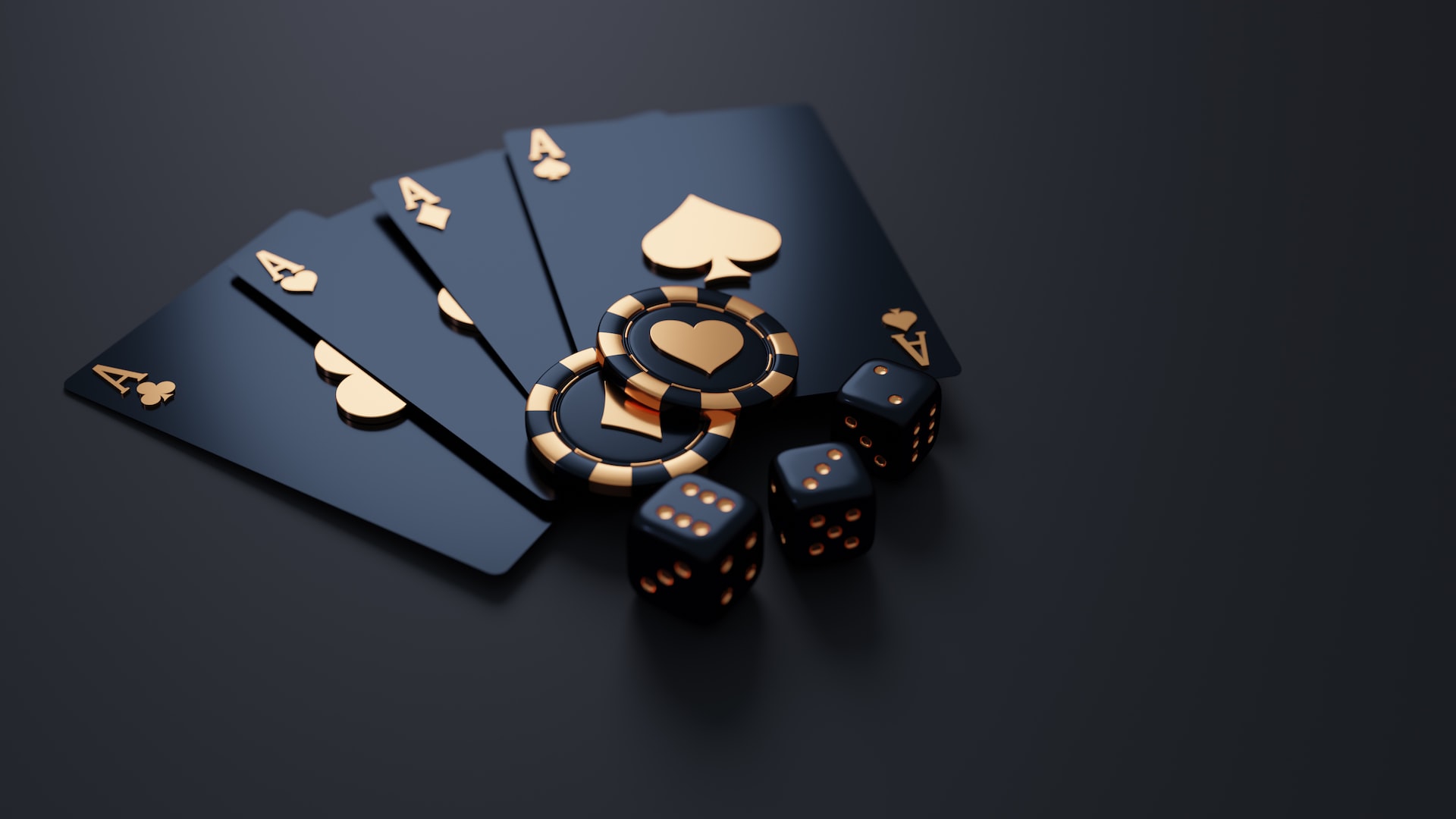The blackjack world is an exciting and often fast-paced environment, whether its high stakes games, getting lucky with natural wins, or living the life of a card counter. One thing that is crucial when learning how to play blackjack and win is making sure that you understand each of the different terms, game rules, and what the necessary actions are to play.
Continue reading as we share all there is to know about the game of blackjack and its rules.
What is the Aim of the Game
We hear this so many times from players and across online forums – the aim of the game is to get a hand with a value that is 21 or as close to this as possible (without going over).
Unfortunately, this is incorrect.
The aim of playing blackjack is simply to beat the hand of the dealer, which can be done by doing two things – by not going over 21 when the dealer’s hand exceeds a value of 21, or by having a hand value with a total that is greater than that of the dealer.
See, the aim of the game has nothing to do with getting close to 21. This value is merely the breaking point, which adds a further layer to the gameplay.
Now that you understand the game’s real aim, we can get started with the rest and learn to play blackjack!
Card Values
When learning to play blackjack, dealing with the different card values is really the most difficult concept that you need to remember. These card values are the points that are allocated to each card and will determine whether you win against the dealer.
Before we get into the values of cards, we should tell you that the suits have no meaning in blackjack. This is great because it makes things much more straightforward than many expect it to be.
Now, there are three sets of card values to remember:
- The face cards count as 10
- Aces are worth either 1 or 11 depending on your hand
- Numbered cards (two through to ten are worth their value)
Each of these card values determines the value in your hand, and for the most part, they’re pretty straightforward.
The ace is the most challenging aspect, and however, as a rule of thumb, you should always think of your ace as worth 11 points – unless doing so would take your hand over a value of 21. In that case, your ace would be worth a value of 1 instead.
Busting
A player or dealer going bust or busting is the term used when their hand exceeds a value of 21. You may also hear this being called a ‘break’.
An example of a bust is a player being dealt a hand with a 9 and a 6 (totaling 15); they draw one further card, which ends up being a 10. This results in the player busting because their hand value now equals 25 – which is over the limit of 21.
What are Hard and Soft Hands
When playing blackjack, players can receive two types of hands – a hard hand or a soft hand. The soft hand is essentially a hand that includes an ace, and as we covered earlier in this chapter, the ace can have a card value of either 11 or 1. This means that you cannot bust with a soft hand.
Alternatively, the hard hand is a hand that does not include any aces, or if you do hold an ace, it has to be considered as having a value of 1. This means a hard hand does make it possible to bust, therefore leaving you with a hard decision.
While you should know these ‘rules’ to aid your gameplay, it is also important to understand the soft and hard hands because any decision that you have to make will primarily be linked to what the dealer does.
Now, what the dealer has to do when playing is something entirely separate from the player, and we will cover this later in this chapter.
How Many Decks are Used in Blackjack
We will share an interesting fact about the number of decks used in blackjack in a later chapter in this guide. However, knowing how many decks are used at a table that you are looking to play is crucial.
Don’t worry; you won’t have to stress about spying on casino staff to see how many decks are loaded into a shoe. The shoe is not in a literal sense – instead, it is the name of the group of decks that the game plays with.
In a typical blackjack game, the dealing shoe will feature either four, six, or sometimes eight standard decks of cards.
If you are wondering what impact the number of decks has in a blackjack game, it is quite simple. The more decks included the more cards. The more cards, the harder it is for players to keep track of what cards are dealt with when using specific blackjack strategies like counting cards.
With more cards and a higher deck count, the casino has a significantly better house edge over the player too.
Just remember that if you are playing online casino blackjack games, then the shoe is irrelevant as every card is randomly generated.
What are the Specific Rules for Playing Blackjack
Here you will find various rules that apply to play games of blackjack, and these may include actions that are involved with playing and will feature different ways to play depending on the setup of the table you are playing at.
Hitting Rules
Hitting (or hit) is the action a player makes when they want the dealer to deal them another card. Indicating this to the dealer is done in a couple of ways; for games where cards are dealt face-up, and players do not handle their cards you will simply need to tap your finger against the table behind your cards.
In games where players are handling their cards, you indicate a hit by scratching the edge of your cards on the table.
Standing Rules
Standing is essentially the action players take to notify the dealer that they’re happy with their hand and willing to take a stand. This means that players will not receive any further cards.
In games of blackjack where the cards are face-up on the felt, indicate that you would like to stand by motioning your hand across your cards (palm down).
If you are handling your cards, tuck them under the chips you placed a bet with on the table.
Splitting Pairs Rules
There is a specific rule in blackjack that can go either way for players. This rule (or strategy) comes into effect when you draw a pair of cards. It won’t matter whether it is a numbered card, an ace, or a face card (not all casinos allow face cards) – any pair can be split.
What splitting your pair entails is primarily creating another equal bet to your original bet, and playing each bet as a separate hand.
In face-up games, players can indicate a split to the dealer by placing another chip (equal to your bet) next to your original bet. In other games, put the two cards face-up on the felt and make a separate bet.
Now, while many casinos will allow you to split pairs of face cards – that is often not the best practice.
Doubling Down Rules
Doubling down is a play that players can make by doubling their initial wager and only drawing a single card. Primarily, casinos will only allow players to double down after the first two initial cards are drawn.
To indicate to the dealer in face-up games of blackjack, simply place your new bet next to your initial bet. In games where players are handling their cards, all you need to do is place your cards face-up on the felt and add the extra bet.
Surrender Rules
Not all tables will offer players the surrender bet, and it’s typically not a wise move to make anyway. However, what the surrender bet entails is players can choose to lose their hand at the cost of half of their bet.
If you want to surrender, you will usually find that this can only be done before you draw any extra cards.
There are Rules for the Dealer too
The dealer isn’t just dealing out cards to players in blackjack games. They are playing too and must follow specific rules which dictate what actions that they’re to take. While you may come across deviations from the rules we are about to share with you, for the most part, these are the typical rules for dealers.
It is often the case that the casino rules determine that the dealer must draw a card if their hand value is a total of less than 17. If the dealer’s hand value is between 17 and 21, they are required to stand with their hand.
One of the potential rule differences you might encounter is with regards to the dealer drawing a soft hand. Some casinos will stipulate that the dealer has to stand when they hold a soft 17, whereas others say the dealer must hit.
In terms of which is better for you – it is better if the dealer is required to stand on a soft 17 hand.
Summarizing What to Remember
- Typically dealers will have to hit on a hand worth less than 17 and stand when their hand is worth between 17 and 21. If a casino stipulates that dealers must stand on a soft 17, then this is beneficial for players
- The shoe in most blackjack games will consist of either four, six, or eight decks. The more decks, the worse the odds are for players
- A soft hand is a hand which includes an Ace that can be taken as being worth a points value of either 11 or 1
- The aim of blackjack is not to get to 21 or thereabouts. Instead, the objective of the game is actually simply to have a value that is higher than the dealer’s total or not busting when the dealer busts
- Players can make certain plays in blackjack, including hitting, surrendering, standing, doubling down, and splitting



